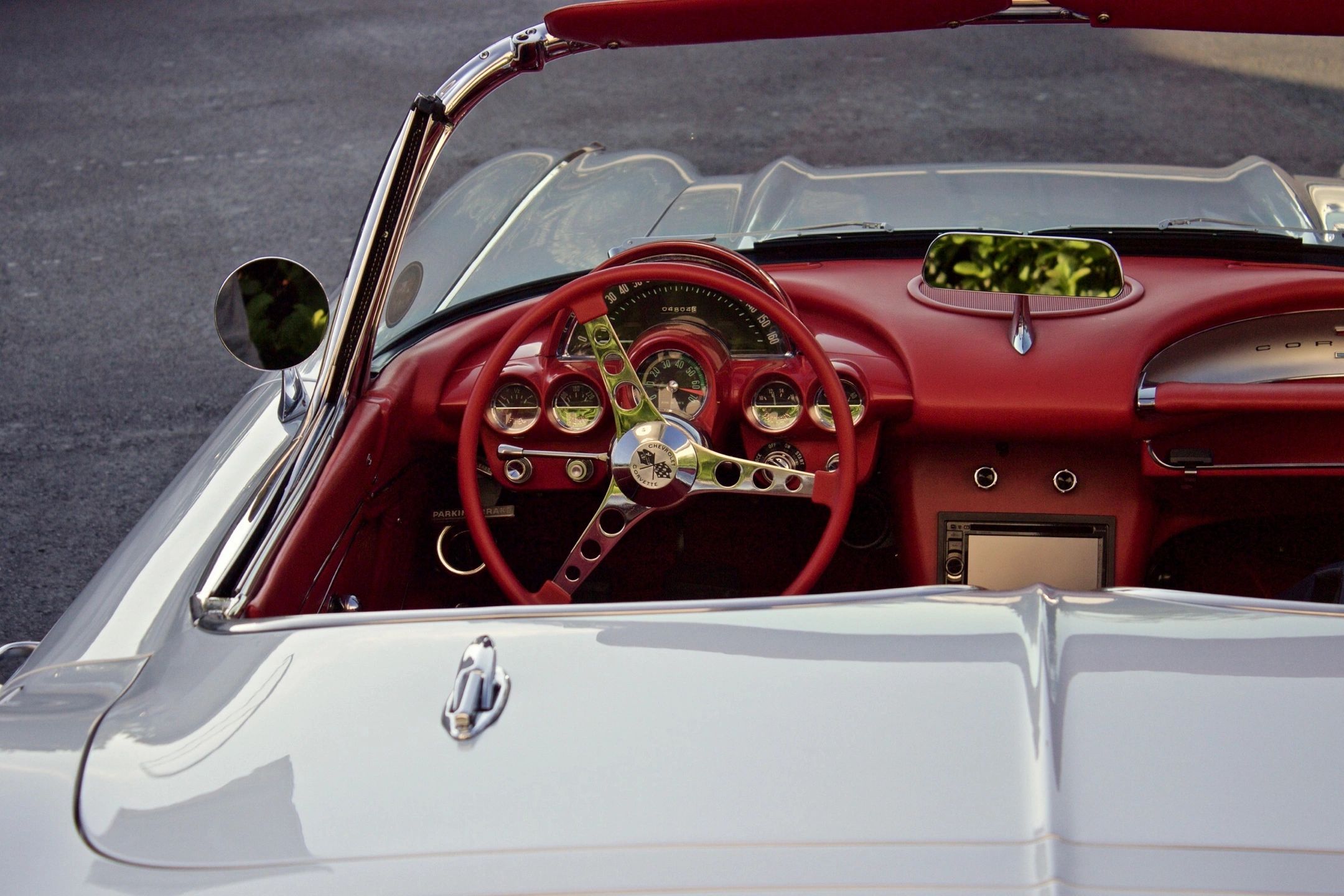classWith warmer weather on the horizon, it’s time to bring your classic car out of storage and back on the road. Before you head out for those scenic summer drives, a little preparation can go a long way in keeping your car running smoothly and looking its best.
Here’s a simple checklist to help you get your classic car road-ready for the season:
1. Give Your Car a Deep Clean
After months in storage, your car will need a thorough wash to remove dust and grime. Pay extra attention to areas like the undercarriage, wheel wells, and engine bay where debris can accumulate.
Once it’s clean, apply a quality wax to protect the paint and restore its shine. If your car has leather interiors, be sure to clean and condition them to prevent cracking or fading. Chrome details can be polished to keep them gleaming.
2. Perform a Full Mechanical Inspection
Before hitting the road, check that your car is in top mechanical condition. Here are the key areas to review:
- Fluids: Replace or top off essential fluids like engine oil, coolant, brake fluid, and transmission fluid. Old fluids can break down over time and may affect performance.
- Battery: Ensure the battery is fully charged and that terminals are clean and secure. If your car was stored without a trickle charger, the battery may need extra attention or replacement.
- Tires: Inspect the tires for cracks, flat spots, or signs of dry rot. Confirm that they’re inflated to the proper pressure.
- Brakes: Check brake pads, rotors, and lines for wear or corrosion. Functioning brakes are crucial for safety, especially if your car hasn’t been driven in months.
- Belts and Hoses: Examine belts and hoses for cracks, brittleness, or leaks which can develop during long periods of inactivity.
Taking care of these maintenance steps reduces the risk of breakdowns and helps ensure a smooth driving experience all summer long.
3. Check Inspection Sticker and Registration
Before taking your car out, confirm that both your inspection sticker and registration are current. Many classic car owners overlook this step after long periods of storage, but staying compliant with state requirements helps you avoid unnecessary fines or headaches down the road.
4. Test All Lights and Electrical Components
Check that headlights, taillights, brake lights, turn signals, and interior lights are working properly. Don’t forget the horn, wipers, and any dashboard indicators. Electrical issues can crop up after storage, so it’s better to catch them early.
5. Inspect Safety Equipment
Confirm that your fire extinguisher, if you have one in the car, is charged and in good working order. This is especially important for classic cars which may be more prone to engine or electrical fires due to their age.
If your car has seat belts or harnesses, check that they are in good condition and functioning correctly.
Let the car run for a couple of minutes as you look over the engine. Check again for leaks and allow the car to warm up. If you discover a problem that you are not sure how to fix, look for a specialized shop to help you.
6. Review Your Classic Car Insurance Coverage
We do not advise our clients to remove coverage in the winter, but if you choose to do so, it is vital to call your insurance agent to review your classic car insurance coverage before taking your car out. Many specialty companies we work with insure cars on an agreed-value basis. This means the car is insured for the value stated on the policy.
It’s always good to review the market value of your collector car annually and check to see what your car is worth. The last thing you want is your pride and joy to be underinsured.
7. Plan Your Summer Drives and Events
With your car now in top shape, consider planning a few scenic drives or attending local classic car shows. Routes like the Mohawk Trail or the Cape Cod coastal roads offer beautiful scenery, perfect for enjoying the open road.
Participating in car clubs or community events can also be a great way to meet fellow enthusiasts and share your passion. If you’re planning to show off your car at Larz Anderson’s Cars & Coffee events this summer, be sure to stop by and say hello to the CAV Insurance team at our tent. We always enjoy meeting fellow car enthusiasts and swapping stories about these incredible machines.
Final Thoughts
Preparing your classic car for summer is about more than just getting it on the road. It’s about protecting your investment and ensuring a safe, enjoyable driving season. Taking the time to inspect, clean, and maintain your vehicle sets you up for worry-free cruising all summer long.

